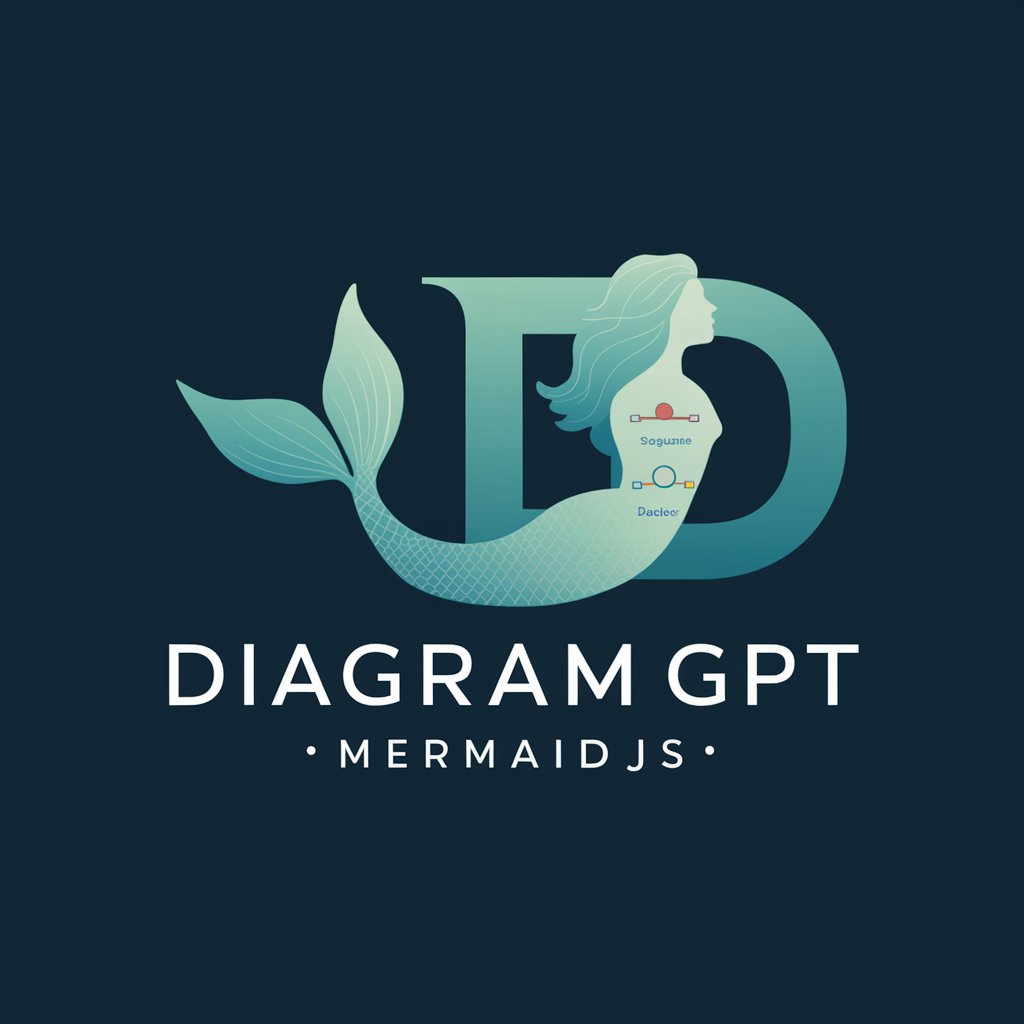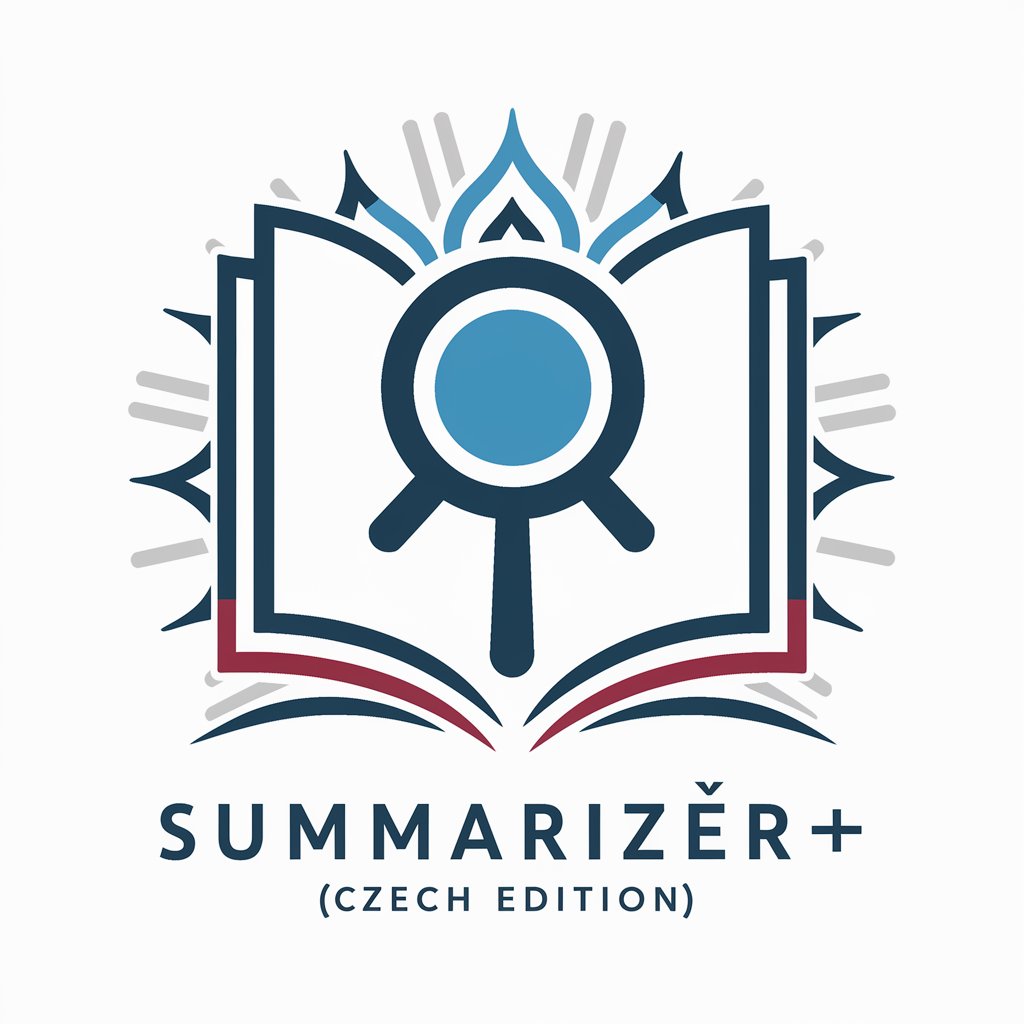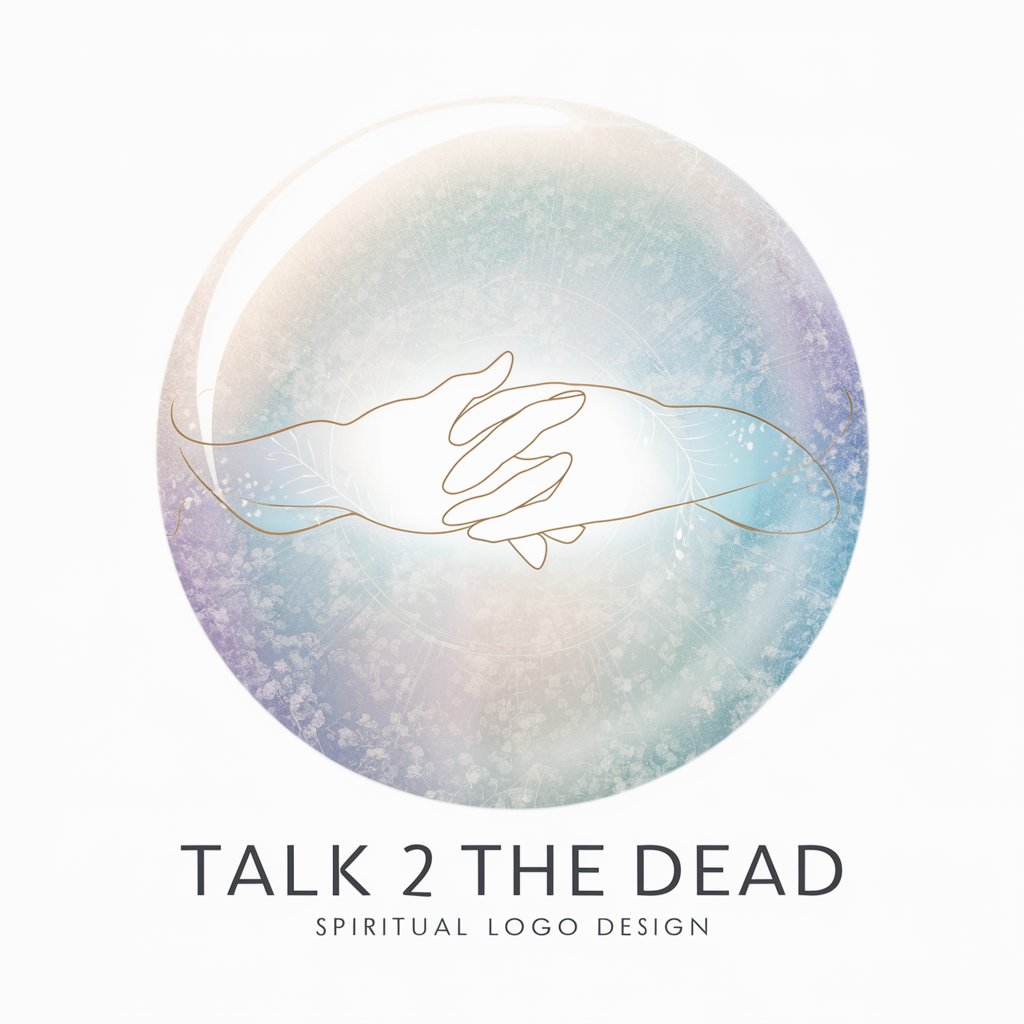DiagramGPT - MermaidJS - Diagram Creation with AI

Welcome! Let's create precise and insightful diagrams together.
Transform ideas into diagrams instantly.
Generate a sequence diagram for a user authentication process...
Create a flowchart that describes the lifecycle of a software development project...
Design an ERD for a simple e-commerce database system...
Outline a cloud architecture diagram for a multi-tier web application...
Get Embed Code
Introduction to DiagramGPT - MermaidJS
DiagramGPT - MermaidJS is designed to transform user descriptions into precise Mermaid.js diagrams. This includes a wide array of diagram types such as flowcharts, sequence diagrams, class diagrams, state diagrams, entity-relationship diagrams (ERDs), and Gantt charts. The core purpose of this GPT is to simplify the process of creating technical diagrams by interpreting natural language inputs and generating the corresponding Mermaid.js code. This facilitates quick visualization of complex information structures, processes, and systems for technical documentation, planning, and presentation purposes. For example, a user describing a simple login process can receive Mermaid.js code for a flowchart depicting each step from user input to system response. Another scenario could involve generating an ERD based on a description of database relationships, streamlining the design process for database architects. Powered by ChatGPT-4o。

Main Functions of DiagramGPT - MermaidJS
Flowchart Creation
Example
Mermaid.js code for a flowchart that visualizes the process of a user registration system, including decision points like 'User already registered?' and actions such as 'Save user data'.
Scenario
Used in software development documentation to outline the flow of logic within a system, helping developers and stakeholders understand the sequence of operations.
Sequence Diagram Generation
Example
Mermaid.js code for a sequence diagram illustrating the interaction between a user, a web server, and a database during a login request, highlighting the order of messages exchanged.
Scenario
Applied in system design to detail the interactions between different system components or services, useful for architects and developers in planning and troubleshooting.
ERD Generation
Example
Mermaid.js code for an ERD that represents entities like 'User' and 'Order', their attributes, and the relationships such as 'places' between them.
Scenario
Utilized in database design to visualize the structure of a database, facilitating a clear understanding of data relationships for database designers and developers.
Gantt Chart Creation
Example
Mermaid.js code for a Gantt chart that outlines a project timeline, including tasks, their durations, and dependencies, useful for project management.
Scenario
Employed in project planning to visually represent the schedule of tasks, milestones, and dependencies, aiding project managers in tracking progress and resource allocation.
Ideal Users of DiagramGPT - MermaidJS Services
Software Developers and Engineers
Individuals involved in software development who require efficient ways to document and visualize code flow, system architecture, or interactions between components. They benefit from using DiagramGPT - MermaidJS for creating clear, concise diagrams that support the development process.
Project Managers and Planners
Professionals responsible for planning, executing, and tracking projects. They can leverage DiagramGPT - MermaidJS to generate Gantt charts and flowcharts that aid in project visualization, scheduling, and resource management.
System Architects and Designers
Experts in designing system architectures who need to outline complex interactions and structures. DiagramGPT - MermaidJS enables them to quickly create sequence diagrams, class diagrams, and more, facilitating a deeper understanding of system designs.
Database Designers and Administrators
Specialists in database design and management who require detailed visualizations of database schemas, relationships, and entities. DiagramGPT - MermaidJS is invaluable for generating ERDs that represent database structures efficiently.

How to Use DiagramGPT - MermaidJS
1
Visit yeschat.ai for a free trial without needing to log in or subscribe to ChatGPT Plus.
2
Choose 'DiagramGPT - MermaidJS' from the available tools list to start creating diagrams.
3
Provide a clear, detailed description of the diagram you want to create, including type (e.g., flowchart, sequence diagram), specific elements, and relationships.
4
Review the generated Mermaid.js code. You can modify this code to refine the diagram or add additional details.
5
Use an online Mermaid.js viewer or integrate the code into your documentation to visualize the diagram. Experiment with different parameters for optimal results.
Try other advanced and practical GPTs
IgnitionGPT
Kickstart Your Productivity with AI

PokeCard Valuer
Discover Your Pokemon Card's Value with AI

Monica
Empowering Connections with AI

DoctorGPT
Empowering Health Decisions with AI

Summarizer
AI-powered precision summarization

Legal Advisor for Residential Real Estate
AI-powered real estate legal guidance

SocialNetworkGPT - The Ultimate Social Marketing
Empowering your social presence with AI

ZombieApocalypseGPT
Navigate your story in a world overrun by zombies.

Memory Messenger GPT
Bridging memories with AI-powered messages

LinuxGPT
Empowering Linux users with AI-powered guidance

Inner Vision GPT
Craft, Generate, and Replicate Images with AI

Image Cloner GPT
Revolutionizing Image Analysis with AI

Frequently Asked Questions about DiagramGPT - MermaidJS
What types of diagrams can I create with DiagramGPT - MermaidJS?
You can create a variety of diagrams including flowcharts, sequence diagrams, class diagrams, entity-relationship diagrams (ERDs), and more, tailored to your specific requirements.
Can I customize the diagrams generated by DiagramGPT - MermaidJS?
Yes, you can customize diagrams by modifying the generated Mermaid.js code to adjust the layout, styles, and elements according to your needs.
How do I view the diagrams created with Mermaid.js code?
Use an online Mermaid.js live editor or integrate the code into markdown files in platforms that support Mermaid (e.g., GitHub, GitLab) to visualize your diagrams.
Is DiagramGPT - MermaidJS suitable for beginners?
Absolutely, it's designed to be user-friendly for beginners, providing an easy way to generate technical diagrams without prior experience in diagramming languages.
Can DiagramGPT - MermaidJS help in educational settings?
Yes, it's an excellent tool for educators and students to visually represent concepts, workflows, or data structures, enhancing understanding and communication in academic contexts.
